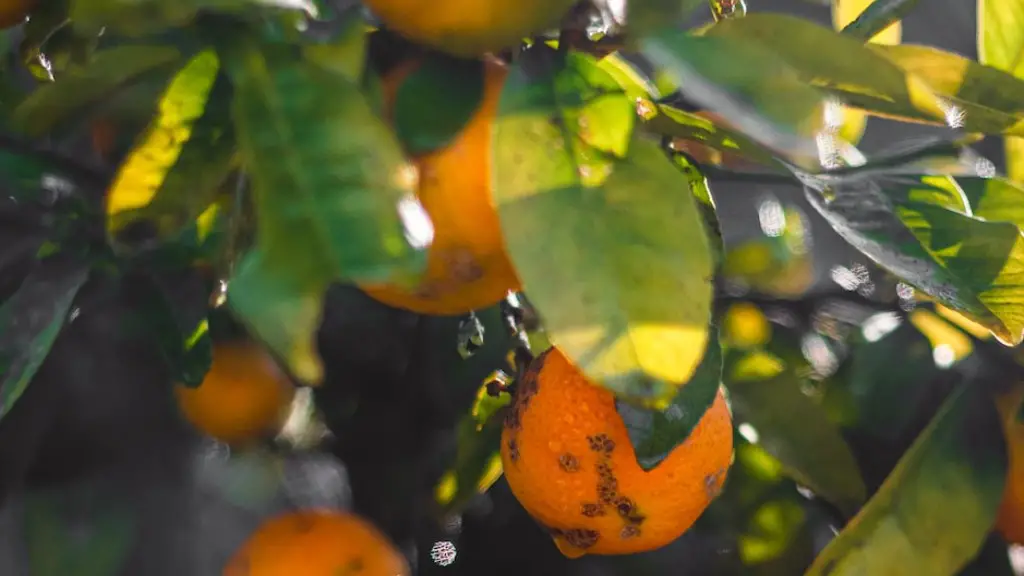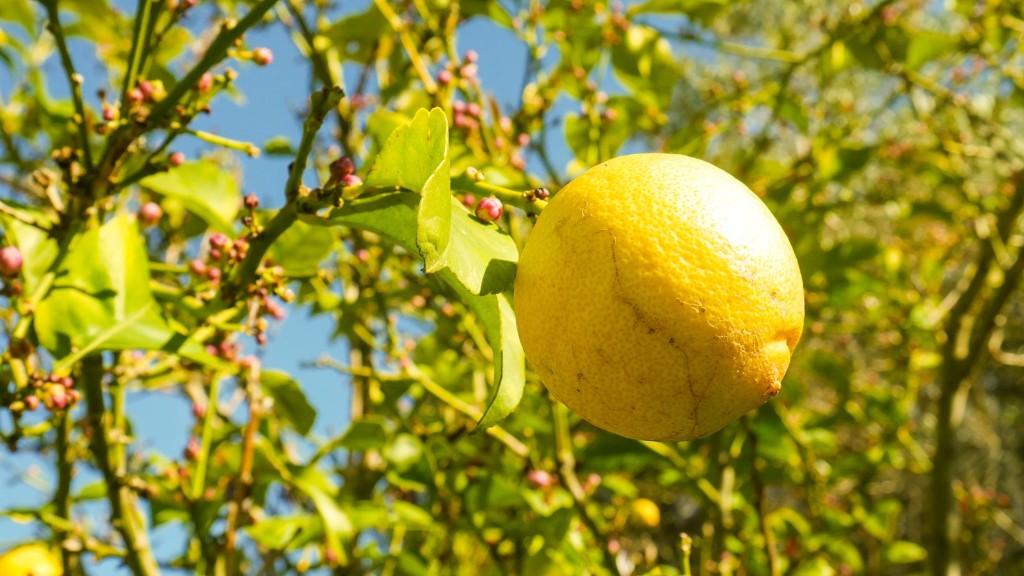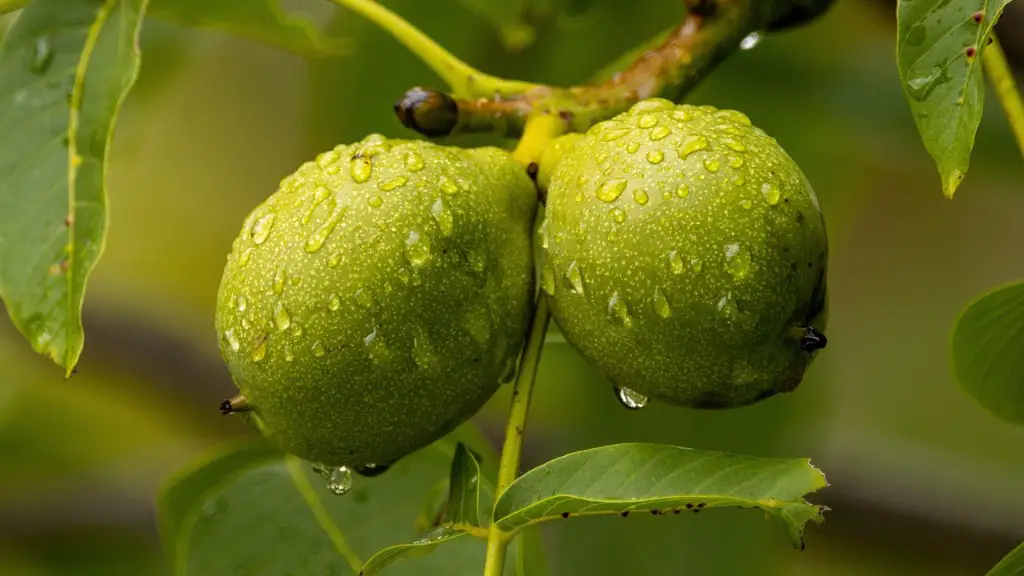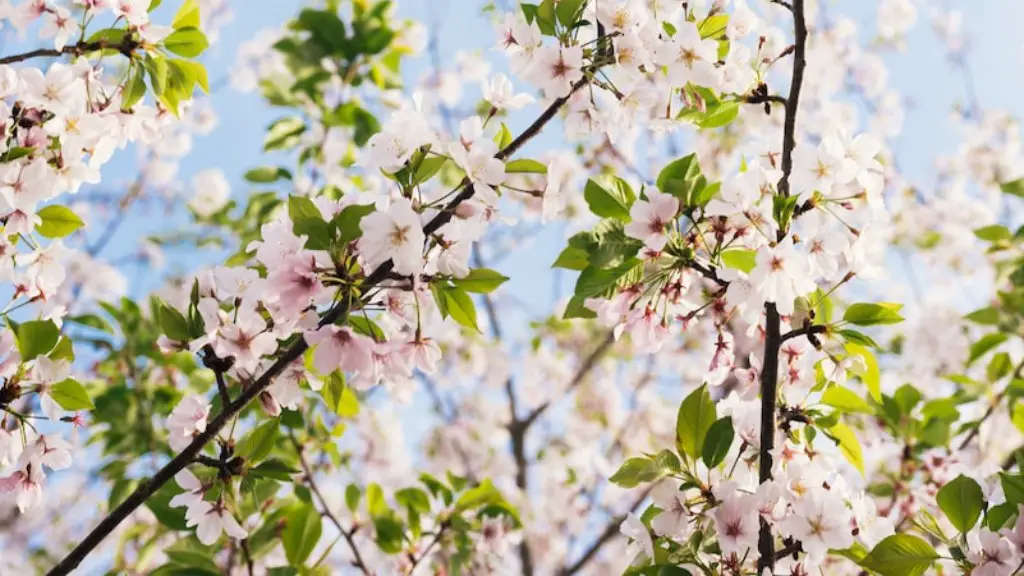Avocados have recently become one of the most beloved fruits. The popularity of the avocado tree is quite understandable considering the fact that its fruits are known to be exceptionally healthy and delicious. But what many people do not know is that avocado trees are actually flowering plants, meaning they produce flowers like many other trees and plants. Let us try and learn a bit more about them.
The avocado flower is a small, white or pale-green, five-petaled flower that is typically 2-3 cm in size. They appear singly or in clusters at the tips of the branches, usually opening at the late morning or in the early afternoon. The amount of flowers in the tree may vary depending on the species and even the avocado tree itself, some having large clusters of flowers, while others, generally younger trees, having significantly lesser.
It is important to note that the avocado flower is a self-fertile flower, meaning that it does not require cross-pollination from a different tree to bear fruit. Nevertheless, it is said to yield better fruits in tropical and subtropical climates when conditions allow for the cross-pollination between different trees. This process is typically completed by insect species such as bee and moths.
Avocado flowers are known to have a relatively short life span, the flowers typically lasting 2-3 days before wilting away. It is believed that the average avocado tree can produce around 100-200 flowers per season, however only a handful of these flowers will be needed to bear fruit. The remaining flowers will typically fall off the tree after 3 days due to natural pollination.
Though it is unknown when the avocado tree exactly used to was first cultivated, experts believe that it is native to central America, with some researchers suggesting that it originated from the state of Michoacan, Mexico. The fruit of the tree was first cultivated by the Olmecs and Mayan tribes more than 6,000 years ago and evidence of this is seen in the pictorials of the cultures.
Growth Cycles of an Avocado Tree
The avocado tree is unique in that it has a long and irregular growth cycle. Generally, an avocado tree will be in a dormant state during the winter months, after which it will start the flowering process with the onset of the spring season. As temperatures start to warm up, the tree will begin to bloom, with the flowers maturing into fruits in the late summer and early fall.
The growth process is also reliant on other environmental conditions such as sunlight and rain. An avocado tree typically needs a large amount of light and water to grow, and it is said that avocado trees planted in areas that receive more light are likely to yield better results. This is because more sunlight encourages better pollination of the avocado flowers, leading to more fruits.
Harvesting Avocado Fruits
Once the flowers have pollinated and the fruits have developed, they will typically remain on the tree for an additional 5-9 months. During this time, the fruits will slowly change color and ripen. The avocado is ready for harvesting once it has reached its peak ripeness, which can be determined by its color and the level of softness.
Avocado fruits are known to be exceptionally sensitive and delicate, meaning that they need to be gathered carefully. Generally, the fruits are picked either by hand, or with the help of mechanical harvesting equipment. It is known that due to the delicate nature of the fruits, mechanical harvesting can be more destructive than handpicking, as the equipment may cause damage to the tree, as well as the fruits themselves.
Effects of Climate Change on Avocado Trees
Since avocado trees typically grow best in tropical and subtropical climates, they are significantly affected by climate change. In recent years, due to global warming, some nations have seen a rise in temperatures, leading to an increase in the growth of exotic plants, such as avocados. This rise in temperatures can also affect the flowering and fruiting cycles of the avocado tree, making it more difficult to produce a quality and marketable crop.
But one of the long term effects that climate change has had on avocado production is a decrease in the pollination of avocado flowers. This is because the decrease in temperature drastically reduces the number of pollinating bees and other species in the area, making it much more difficult for the trees to be pollinated. Furthermore, due to the increase in droughts, the trees are often not getting enough water, resulting in a decrease in the overall yield of the tree.
Harvesting Avocado Seeds
After the fruits have been harvested, the avocado seed must also be harvested, as it is extremely important to the growth process of the tree. The process of seed harvesting is relatively simple, but it requires some skill and knowledge, as the seed must be carefully removed from the fruit. The seed must be left intact and free from any damage, as even the slightest damage can lead to the seed not sprouting.
It is believed that harvesting the avocado seed and planting it is one of the best ways to propagate the tree. This is because the seed is reported to produce a new and healthy tree with the exact same characteristics as its parent tree. Furthermore, the seed can be stored and planted at a later time, ensuring that the tree will continue to exist for many generations to come.
Avocado Pest Control
The avocado tree is susceptible to a wide variety of pests, making it important to provide adequate pest control methods. Common pests that attack the avocado tree include mealybugs, scale insects, and aphids. Typically, these pests can be controlled using the application of appropriate pesticides and insecticides. Additionally, the use of neem oil is also effective in controlling the pests, as well as preventing them from infesting the tree in the first place.
Furthermore, the use of beneficial insects such as ladybugs can also be used to control the pest population. Ladybugs are known to feed on a wide variety of pests, including the ones found on an avocado tree. This is because these insects are voracious predators and can effectively keep the pest population under control.
Proper Care and Maintenance of an Avocado Tree
Though the avocado tree is self-reliant when it comes to caring and maintenance, it is still important to ensure that it is properly looked after and provided essential nutrients. This includes providing the tree with adequate sunlight, water, and fertilizer to ensure that it stays healthy and continues to produce quality fruits. Furthermore, it is also important to make sure that the tree gets adequate levels of phosphorous and nitrogen, as these are essential for its growth and development.
Additionally, the pruning of the avocado tree is also important, especially during the early stages of growth. Generally, the tree should be pruned to remove any dead or diseased branches, as well as to create a healthy canopy with an even distribution of branches. This will help ensure that the tree will not grow irregularly, resulting in a better yield.
Conclusion
In conclusion, the avocado tree is a unique and versatile plant that is known to produce delicious, nutritious fruits. It is important to note that the tree produces flowers, meaning that it requires pollination in order to bear fruits. Furthermore, the effects of climate change on the avocado tree are also evident, making it important to provide proper care and maintenance to ensure that it continues to thrive and grow. With proper care and attention, the avocado tree can grow and produce fruits for many years to come.



